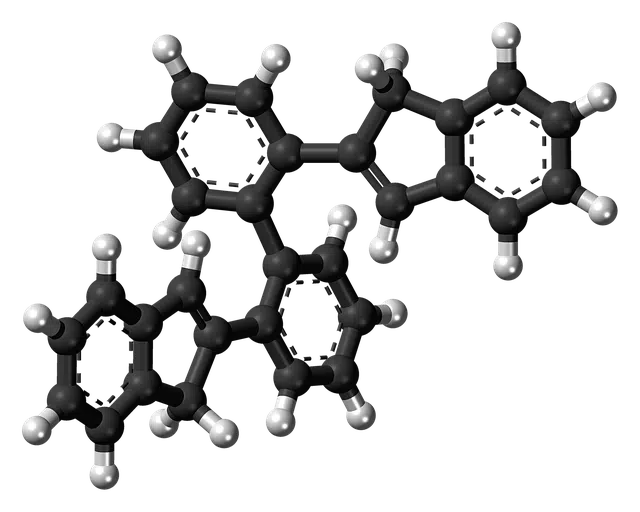
Hydrocarbons are organic compounds whose molecules have carbon atoms bonded to hydrogen atoms.
The organic compound that arises when hydrogen atoms are combined with carbon atoms is known as a hydrocarbon . According to experts in the field, in this compound the molecular shape is based on carbon atoms bonded with hydrogen atoms. These chains of carbon atoms can be open or closed and linear or branched .
When a hydrocarbon is extracted in a liquid state from a geological formation, it is called petroleum . On the other hand, the hydrocarbon that is naturally in a gaseous state is called natural gas .
The exploitation of oil and natural gas represents a very important industry for the economy since they allow us to obtain fossil fuels and produce lubricants, plastics and other products.
Hydrocarbon poisoning
It is also important to highlight that hydrocarbons can cause serious poisoning, with severe breathing disorders. When a person is poisoned by a hydrocarbon, they are intubated and mechanically ventilated.
Since hydrocarbons are included in the group of organic solvents (liquids that can give off vapor), it is very common for poisoning to occur through inhalation, but they can also occur through ingestion or contact with the body. fur. In everyday life, many household consumer products represent potential sources of toxicity; Some examples are gas cylinders, kerosene and aniline.

Oil is a hydrocarbon.
Classification according to type
It should be noted that it is possible to classify hydrocarbons as aliphatic or aromatic . Aliphatic hydrocarbons , for their part, can be divided into alkanes , alkenes and alkynes according to the types of bonds that link the carbon atoms.
Aliphatic hydrocarbons, according to theory , are those that lack an aromatic ring. They can be saturated or unsaturated . The saturated ones are the alkanes (a group in which all carbons have two pairs of single bonds), while the unsaturated ones (also known as unsaturated ) are the alkenes (which, at least, have one double bond) and alkynes (with triple bonds).
Aromatic hydrocarbons , for their part, are compounds that have, at least, a cyclic structure and that comply with what is known as Hückel's rule .
Hydrocarbons and Hückel's rule
With Hückel's rule it is possible to study the relationship that occurs between aromaticity and the amount of electrons that are passed from one atom to another when the sp2 orbitals of a cyclic and flat organic type molecule that alternates single and double bonds overlap. . When the number of these electrons is 4 n + 2, the molecule is said to be aromatic, while for 4 n , it is antiaromatic. An aromatic compound has a very different stability from that of an antiaromatic or a non-aromatic compound, so to anticipate this property this rule is vitally useful.
Regarding aromatics, benzene is the most common type of hydrocarbon. It is a molecule in which it is very easy to observe its energy level, according to the presence or absence of nodes. Through Hückel's rule, it is possible to take a number n of orbitals of atoms and relate them, starting from the principle that establishes that the result of said analysis is equivalent to the same number of orbitals but with different energy states.
After applying this relationship, in cases where there are 4 n electrons, they reach a relatively higher energy level, while when 4 n + 2 are found, a formula that was previously awarded to aromatic molecules, the electrons go to a considerably lower state and achieve greater stability.
